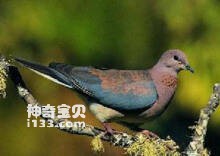
The Snow Pigeon (Columba leuconota) has two subspecies.Snow pigeons are resident birds. Often move in groups. It mainly feeds on plant foods such as grass seeds, wild leguminous seeds and berries. Also eat highland barley, rapeseed, peas, green beans, corn and other crops.Snow pigeons breed from Apr...

The rock Pigeon (Columba rupestris) is known as Hill Pigeon and has two subspecies.Rock pigeons often travel in groups. They feed in small groups in the valleys and plains. Sometimes they form large groups of nearly 100 animals. Sex is more docile. The call is "goo goo", similar to that of...
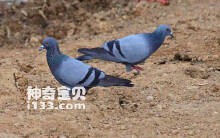
The original Pigeon (Columba livia) is known as Rock Pigeon and has nine subspecies.The original pigeon is a resident bird. Often move in groups, a small number of a group, dozens or even hundreds of people gathered to live, sometimes living in villages, sometimes stopping in ruins, but mostly aroun...
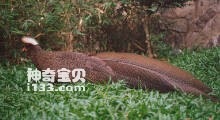
The Crested Argus (Rheinardia ocellata) has two subspecies.The crested pheasant usually moves alone in its territory. They only come together during the breeding season. The species is polygamous in the wild, with males performing elaborate courtship rituals during the mating season, calling and dan...
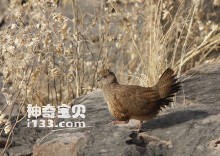
Ptilopachus petrosus usually lives in pairs or small groups of up to four quails and feeds on grass and herb seeds, green leaves, fruits and buds, and some insects.In captivity they are monogamous, but in the wild they are mostly monogamous. The eggs are pale pink, faded to cream, and the whole of t...

The Bornean Peacock pheasant (Latin name: Polyplectron schleiermacheri) is a rare and little-known species of the genus Polyplectron. Specific habits are unknown.Due to continued habitat loss, low numbers and limited distribution, the Bornean peacock pheasant is listed as endangered by the Internati...
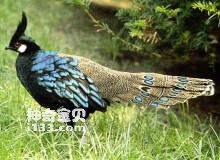
Polyplectron napoleonis (formerly Polyplectron emphanum), also known as the Palawan peacock pheasant, is a medium sized pheasant. Specific habits are unknown.Due to continued habitat loss, low numbers and limited distribution, as well as hunting, the Barawang peacock is classified as vulnerable by t...
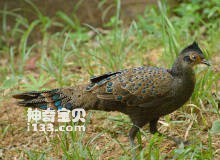
The Malay Peacock pheasant (Polyplectron malacense) is a medium sized pheasant with no subspecies.Malay peacock pheasants often live alone or in pairs, mostly on the wet ground where the forest is dense and the vegetation under the forest is more developed, and the activities are more frequent in th...
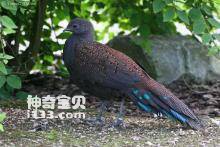
Polyplectron inopinatum, Mountain Peacock Pheasant often live alone or in pairs, mostly on the wet ground with dense forests and well-developed understory vegetation, with frequent activities in the morning and afternoon. Sex is alert and timid. Male birds are particularly cautious when they are act...
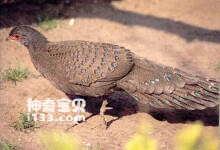
Polyplectron germaini is a medium sized pheasant. Endemic to Indochina Peninsula. The pheasant was named after the French colonial surgeon Louis Rodolphe Germain. According to mitochondrial DNA and nuclear DNA tests, it was confirmed that the eye spotted peacock pheasant belonged to the same clade a...

Polyplectron chalcurum, foreign name Bronze-tailed Peacock Pheasant, often live alone or in pairs, mostly in dense forests, underforest vegetation more developed damp ground, in the morning and afternoon activities more frequent. Sex is alert and timid. Male birds are particularly cautious when they...
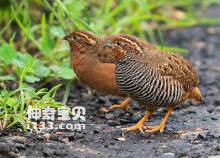
The Assamese Bush quail (Perdicula manipurensis) is known as Manipur Bush-quail and has two subspecies. Sing in a clear sound, similar to whistling, as the notes get higher and higher, running together.Listed on the International Union for Conservation of Nature (IUCN) 2016 Red List of Threatened Sp...
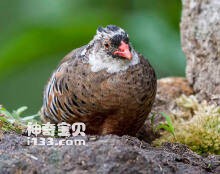
Perdicula erythrorhyncha, also known as Painted Bush-quail, has two subspecies.Red-billed tubs usually gather in groups of 6 to 10 individuals. Move around in open grass or in the grass beside forest roads and driving tracks, eating and sandbathing in the morning and evening. Groups quickly gather a...

The Jungle Bush-quail (Perdicula asiatica) has five subspecies.Tubs usually gather in groups of 6-10 individuals. Move around in open grass or in the grass beside forest roads and driving tracks, eating and sandbathing in the morning and evening. Groups quickly gather around each other by calling an...
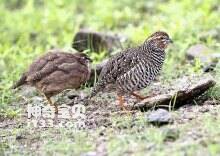
Rock Bush-quail (Perdicula argoondah) has three subspecies. Usually gathers in groups of 6-10 individuals. Move around in open grass or in the grass beside forest roads and driving tracks, eating and sandbathing in the morning and evening. Groups quickly gather around each other by calling and Shout...
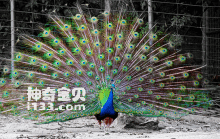
Blue peacock (Pavo cristatus) Common Peafowl, Indian Peafowl, Peafowl, no subspecies.In the wild or domestic, blue peacocks naturally select mates, that is, one male and multiple females (1:3-5), family-style activities, within a certain range of activities, collective feeding and roost, very few in...
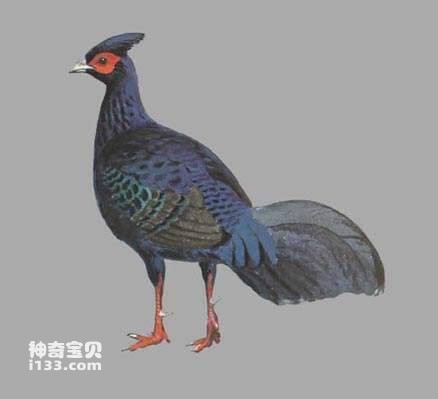
Lophura × imperialis, one of the world's rarest chickens, was discovered in the 1920s, but only a few individuals were found in Vietnam in the 1990s.Jean Theodore Delacour discovered a live specimen of a pair of golden Pheasants in 1923 and brought it to Europe. They were not discovered until 1...